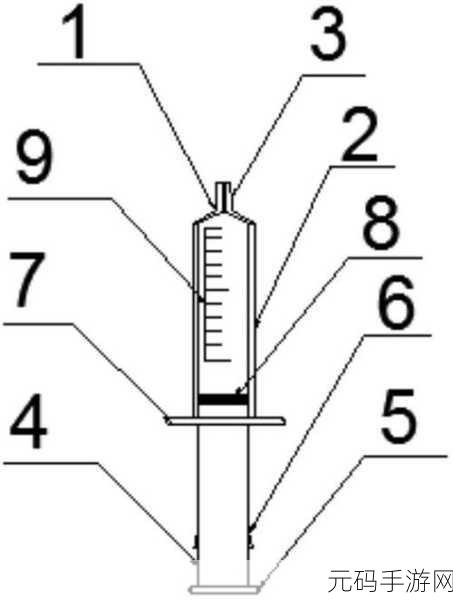惩罚注射器与放屁眼:探讨另类表达的背后
随着社交媒体的普及,各种奇特的视频内容层出不穷,其中一些视频因其离经叛道而引发了广泛关注。惩罚注射器打水放屁眼里的视频便是其中之一。这类内容虽然看似娱乐,实际上却涉及更深层次的人性和社会现象。
心理因素与观看动机
人们喜欢观看极端或非主流的视频往往源于好奇心以及对禁忌事物的探索欲。这些刺激性的画面能够激起观众内心深处的不安感,并让他们在安全环境中体验惊悚、恶搞等复杂情绪。同时,这也反映了个体对于常规生活的一种逃避,通过这种方式寻找短暂的快感与兴奋。

文化背景下的羞耻游戏
许多地区存在着类似“羞耻游戏”的传统,参与者需要完成某些尴尬或滑稽的小任务,以换取同伴之间的欢笑和认可。在这个过程中,人们通过自我贬低来建立群体认同形成一种独特的文化。因此,看似荒谬的视频不仅仅是在展示行为本身,更是一场关于人际关系与身份认同的重要实验。
网络暴力还是幽默诙谐?
This type of content sparks heated debates about the boundaries between humor and humiliation. For some, these videos are a source of laughter; for others, they represent a form of online bullying or derogation. The ambiguity in interpretation highlights societal attitudes towards consent, personal space, and respect—factors that must be considered when producing or sharing such content.

法律法规与伦理考量
The production and distribution of controversial videos raise important questions regarding legality and ethics. Some jurisdictions may have laws against public embarrassment or non-consensual actions depicted in media. It is essential to establish clear guidelines around what constitutes acceptable entertainment versus exploitative behavior while considering cultural sensitivities.
影响青少年的价值观念
Younger audiences who consume this kind of content may develop skewed perceptions regarding social interactions and appropriate conduct. Continuous exposure to extreme forms of humor can desensitize individuals toward real-life consequences associated with similar behaviors outside the screen environment. Parents and educators play crucial roles in guiding children through discussions on media literacy to help them discern healthy from unhealthy influences.



